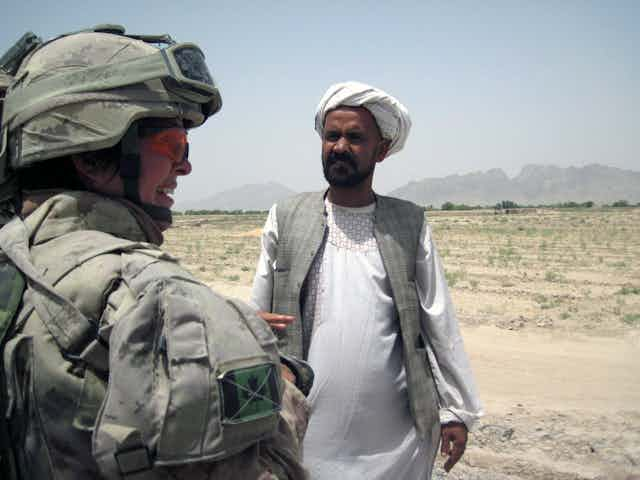The Trudeau government released a new defence policy in early June, after months of speculation about the size of the defence budget, purchase of major equipment and Canada’s future role in military operations.
The election of Donald Trump in the U.S. no doubt threw the process off course and forced certain revisions to the policy, which was initially due in January. The policy offers guidelines on the types of operations the Canadian Armed Forces (CAF) might undertake and promises a steady increase in funding over the next decade. But its main focus is on people — the women and men who dedicate their life to military service.
Highlighting the importance of diversity, the policy pays special attention to female service members and aims “to further increase the representation of women in the military by one per cent annually towards a goal of 25 per cent in 10 years.” Driving this shift is the assumption the CAF is in need of culture change — and that more women and the use of gender perspectives will improve the effectiveness of the armed forces.
Reflecting the community it serves
Why are women now seen as critical to the military enterprise?
First, greater diversity in the CAF is key to maintaining a healthy connection between the military and the rest of society. The CAF Diversity Strategy recognizes this and envisions an armed force representative of the community it serves to ensure public legitimacy and keep support for the military strong.

How can the CAF attract more women? There are formal commitments to recognize the importance of retaining diverse personnel, but informal barriers remain. The CAF already has some of the longest parental-leave policies in the world. But single parents and women still face professional setbacks.
The CAF must quickly recognize and address the pressures of military careers on families, which includes frequent moves and prolonged absences from loved ones during deployments. Counting parental leave toward promotion will also be necessary for the professional advancement of women, who disproportionately take on the role of primary caregiver.
Women are also less likely than men to consider a military career in the first place.
To address these well-known challenges, the CAF’s new recruitment strategy will aim to showcase the wide variety of occupations it offers, in an attempt to make the military more attractive to women. The Women in Force Program will also allow for a “try it before you buy it” program for women interested in joining but not ready to commit.
Seeking buy-in among the ranks
Second, a more diverse CAF is good for the entire organization, men included. Although adding more women will not result in immediate and transformative changes in the way the CAF does business, research has shown that diverse teams work better.

Military leaders will have to constantly promote these initiatives, but will also have to assuage fears about the maintenance of physical and performance standards. All members of the armed forces must trust that standards will be enforced fairly if the diversity strategy is to have buy-in at all levels.
This kind of broad-based buy-in has proven elusive in the past. Even if no formal professional barriers remain, there is still organizational resistance to women’s presence in non-traditional roles, such as combat. And women are still disproportionately affected by sexual misconduct, as a recent survey showed. Discriminatory and sexist attitudes, thus, persist.
‘Hop on Her’ controversy
These common narratives can be tempered with dedicated leadership. In the military context, these challenges need a commitment to addressing hard-to-answer questions.
For example, the Chief of the Defence Staff issued Operation Honour, an order meant to eradicate harmful and inappropriate sexual behaviour in the CAF’s ranks. This was a leadership decision that addressed a difficult and pervasive challenge for the military. But some members of the armed forces started undermining the initiative by calling it “Hop on Her.”.
This is where leaders in the military — who are mostly men — must be included in the discussion of promoting gender perspectives and women’s participation in the armed forces. For these reasons, the burden of change cannot rest on women’s shoulders, but must be spread evenly across the entire organization.

Education and training are key. Including feminist texts in the military curriculum or challenging the warrior ethos might lead to greater gender awareness amongst the upper cadre of military leaders, but most operators will only pay attention if they see how gender matters on the battlefield.
To this end, highlighting the link between gender (as opposed to women) and operational effectiveness is necessary. When soldiers are on the ground, accounting for the roles played by women and men — and their unique needs and power differences — is critical to operational planning and securing lasting outcomes. Understanding how gender intersects with social and cultural factors leads to greater situational awareness. Gender roles in Afghanistan and in Iraq, for example, had clear operational implications.
Promoting the operational and social benefits of women in the CAF is just the first step toward increasing their numbers in the military. To move beyond commitments and toward organizational change and buy-in, the CAF must go beyond women’s representation in the ranks and become aware of how gender relations are constructed, at home and on the battlefield.

